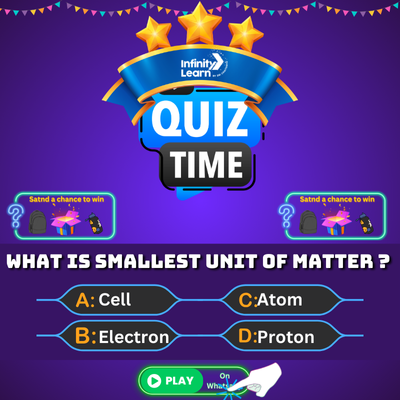What is a Reducing Agent? In chemistry, a reducing agent is a reactant that causes another reactant to lose electrons. […]
Uncategorized
Formalin – Introduction, Structural Formula, Chemicals and Synthesis
What is Formalin? Formalin – Introduction: Formalin is a high-quality, 37% aqueous solution of formaldehyde gas. It is a colorless […]
Sodium Acetate – Definition, Use, Preparation, and Reactions
What is Sodium Acetate? Sodium Acetate – Definition: Sodium acetate is a salt with the chemical formula NaC2H3O2. It is […]
Epoxide – Structure, Applications, Synthesis and Uses
What is Epoxide? Epoxide is a type of organic molecule that has a three-membered ring made up of one oxygen […]
Steam Distillation – Process, Working, Extraction Procedure, Advantages and Applications
Overview of Steam Distillation The process of steam distillation is a simple one that is used to extract essential oils […]
Chemical Analysis – Classification, Classical and Instrumental Methods
Chemical Analysis – Classification, Classical and Instrumental Methods Classical methods of chemical analysis are those in which the analyst observes […]
Chemiluminescence – Definition, Working, Examples and Factors Affect
Chemiluminescence Meaning Chemiluminescence – Definition: Chemiluminescence is a process that occurs when a chemical reaction emits light. This light can […]
Graphite – Structure, Properties and Types
What is Graphite? Graphite – Structure: Graphite is a soft, black, crystalline form of carbon. It is the most stable […]
Charge to Mass Ratio – Definition, Experimental Setup and FAQs
What is Charge to Mass Ratio? The charge to mass ratio (Q/m) is the measure of the electric charge of […]
Difference Between CNG and LPG – Tabular Form
Introduction to CNG and LPG Difference Between CNG and LPG – Tabular Form: CNG and LPG are both types of […]


